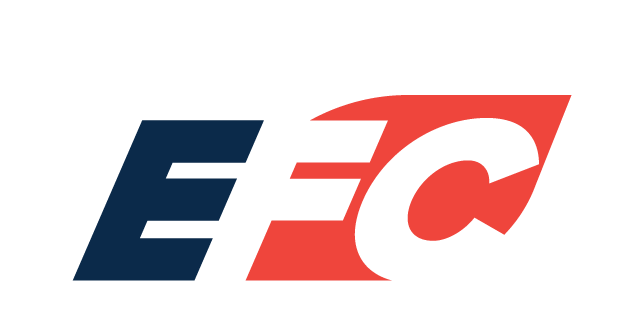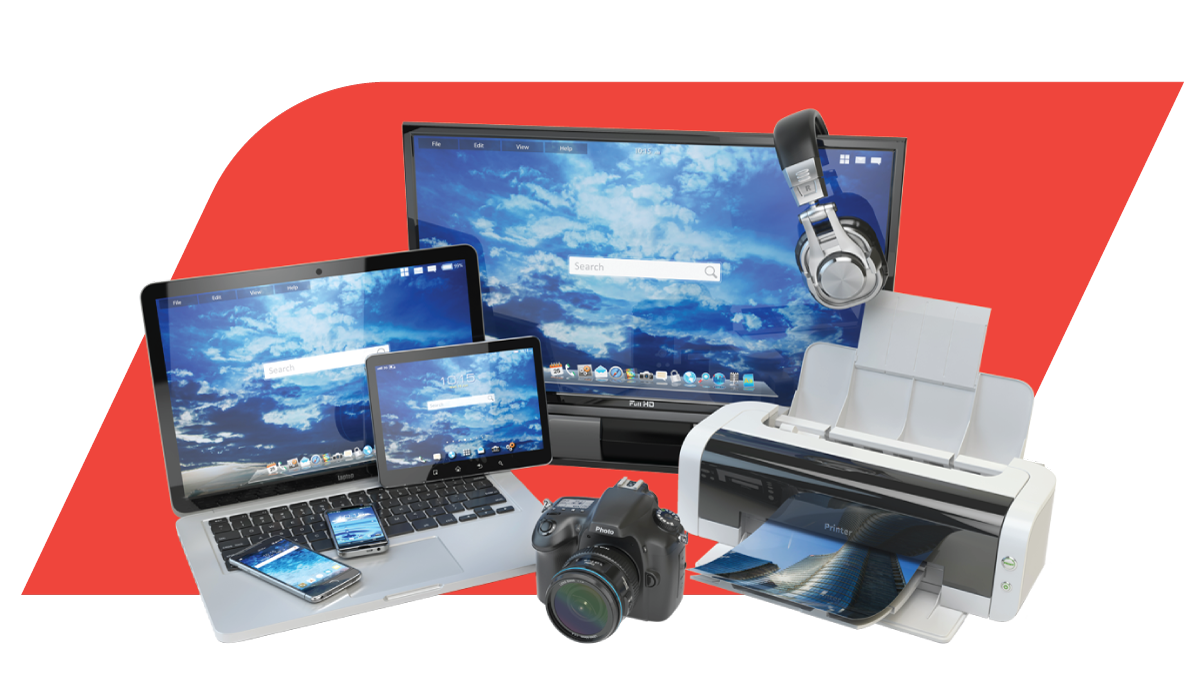Let’s face it, the last few months have been incredibly tough on most people. The global spread of the COVID-19 pandemic across the globe has not only put pressure on companies but has crippled small businesses and even entire industries.
The sudden loss of revenue for most companies for the period has put companies under severe financial strain and has forced them to re-think strategies and financial processes. Organizations around the world have gone into emergency saving mode, cutting excess costs wherever they can, reducing staff wages, and refocusing on high income-generating strategies.
One of the key strategies that many companies reevaluated was equipment acquisition. Being one of the most cost-heavy expenses for the company, equipment can put a huge strain on a company’s working cash-flow. But as a critical part of the business operation, equipment sourcing cannot be completely forgone.
So, if you are currently in a tough financial position, whether it be due to COVID-19, or not, and need some guidance on how to continue sourcing equipment for your company, we took a look. With various financing options open to you, you will be able to reduce the pressure on your working cash-flow and ensure business continuation.
Conduct A Business Assessment
When your company goes through some sudden and potentially threatening financial changes, one of the first steps that you will need to take is to start reassessing your business as a whole.
What does your new working cash-flow look like? What are your assets and liabilities statuses like? What is the biggest risk in your organization? You will also need to ask yourself some tough questions about new equipment in order to know just how much to spend, and how to source the right equipment.
- Do you want to increase productivity?
- Will this increase your productivity?
- Will you be remaining relevant to your suppliers and ahead of competitors?
- Can you upgrade your current equipment?
- What kinds of financial options are there for your company?
The next step will be to get some buy-in from financial advisors and tax consultants. They will be able to take a look at your books and ascertain your risk appetite, capacity, employee usage, and current resources.
A full cost-benefit analysis will be able to justify your purchase and unpack how you can use new equipment to get the optimal results for your company.
You will also need to know what the tax implications will be and whether you will be able to squeeze some benefit out of it from the financing. Leasing, for example, especially operational leasing has great tax benefits.
Create a Technology Roadmap
Now that you have an idea of how much you can spend and what your working cash-flow looks like, you can create a blueprint of what your equipment future needs to look like. Remember, if you are investing in equipment, especially expensive, large equipment that will be lasting a number of years, you will need a lifetime plan for it.
This roadmap will allow you to align your business objectives to long and short-term technology solutions. You will need to assess how your current operations are running, create a one to five-year plan for your goals, and then align it to your technology development priorities.
The roadmap will also provide you with key insights into how new equipment will be efficiently managed in your business. What will the maintenance plan look like? What is the lifespan of the equipment? When will you need to upgrade to stay relevant? With all of this in hand, you will be able to determine whether you will need to buy the equipment or get it financed.
Start Looking For Suppliers and Financing Houses
One key aspect of sourcing new equipment is actually shopping around for the right suppliers and partners.
You are making a very large financial investment and will need to ensure that you have reputable and efficient partners for the transaction. There are a number of things to consider, especially in this financial crisis:
- Don’t only look for the lowest prices on equipment, the saying “It sounds too good to be true” is very relevant these days;
- Consider the customer and post-sale servicing;
- Ensure that you are finding the suppliers from reputable sources. Industry newsletters, magazines, and social media feature numerous trustworthy companies that you can rely on;
- Find out what their maintenance and insurance policies are if you are taking out financing. You do not want to be unexpectedly left with huge maintenance and servicing costs.
- Unpack warranties too. Should the equipment fail within its lifespan, you could be left severely out of pocket if you didn’t have the right warranty with the supplier;
- Spend some time researching the reviews and reputation of the companies. Not only does social media provide a lot of insight into brand reputations, but you can also contact their listed clients and ascertain their satisfaction.
Should you be opting to finance the equipment, which we will go into next, you should also spend some time picking out the right company.
You will need a reputable financing house that will not only provide you with the right packages but will be able to assist you and give you the right financial guidance. It is important to find a company that will be transparent and accountable and work with you to get the most out of your financing agreement.
If they are open to negotiating terms, interest rates, payments and term duration, you could be able to get as much as you can out of the agreement as you can.
Choose Your Financing Option
There are a number of options available to you to actually acquire the equipment. If you have the working capital, which could be incredibly tough during this financial crisis, and especially if you are purchasing a very big, very expensive piece of equipment, you can purchase the equipment cash. If not, you have the option to rent or lease the equipment through an equipment financing company.
We took a look at the differences and which would be best for your company.
Purchasing Equipment
This is a cash purchase whereby you will be buying the title of the equipment from the outset with a lump-sum of cash. There are a number of reasons why it may be appealing to some companies to buy equipment outright, but there is a larger financial risk and may be highly unattainable, especially in uncertain financial times.
There are a number of advantages to buying equipment outright. Firstly, the equipment immediately belongs to you, and you are legally the title owner. Secondly, there are a number of tax benefits that come with buying equipment outright and you can write off portions of the purchase to the business.
However, especially in the cases of small businesses, or businesses struggling financially, there are a number of negatives that come with buying equipment.
Firstly, a large expense can put a lot of strain on your working cash-flow. Even if you borrow money to finance it, you will be expected to pay a deposit, as well as high-interest rates.
It is more advisable for struggling companies to use the working cashflow for day-to-day operational expenses and wages than for a large cash purchase.
Secondly, you could get stuck with old equipment that could no longer be relevant to your company. Especially if you are working with highly technical equipment that updates and upgrades rapidly, you could find yourself not being able to sell it off and buy what you need easily.
Leasing Equipment
Leasing equipment could be a much more viable option for smaller businesses and companies fighting through a financial crisis. Because it allows for business continuation and operations to continue, even in financial difficulty, it is the recommended option for these cases.
Leasing allows a company to enter into an agreement with the lessee company whereby the lessee will provide monthly payments to the lessor for an agreed-upon duration of time. In operating lease agreements, this will mean that the lessor maintains the title of the equipment and the lessor will never own the equipment. They will rather return it at the end of the term, renegotiate or upgrade to newer equipment.
In the case of a capital lease, the agreement is signed in order for the lessee to eventually take over ownership of the equipment. This will mean that they will not need to set out as much initial capital as buying to eventually own the equipment.
The advantages of leasing equipment for a start-up or struggling business far outweighs purchasing the equipment off-hand. Not only, as mentioned, is there less initial capital and risk for the company, but the lessee can negotiate the installment amount, term and occasionally even interest rate to benefit them.
Operational leases can be highly effective in cases of rapidly evolving equipment. Take IT equipment and laptops for example. In most cases, businesses will need to upgrade every two years. Leasing, therefore, makes sense, as you will be able to complete the term and start a new lease for new equipment.
There are a number of tax benefits that come with operational leases too. Not only can you write off the interest, but due to the fact that it is considered an operational expense and is not listed as an asset, you can reap various tax benefits. You will also be more attractive to investors and other creditors as you will not have it on your books.
Wrapping Up
In these times, and in any financially tricky time, in order to remain in business, it could be worth your while reevaluating your operational strategy. Leasing equipment that is critical to your business’ continuity could be worth investigating due to the reduced risk and strain on your working cash-flow. Make sure you partner with a reputable equipment finance company which will not only work with you to reap maximum benefits of the lease but will also advise you on the best route to take when financing your equipment.

